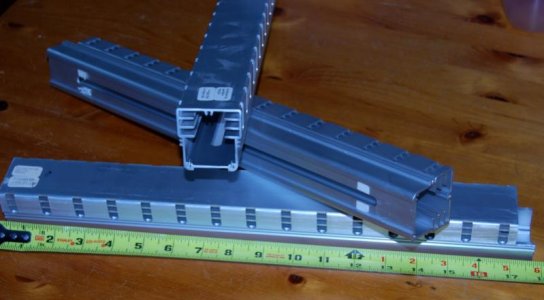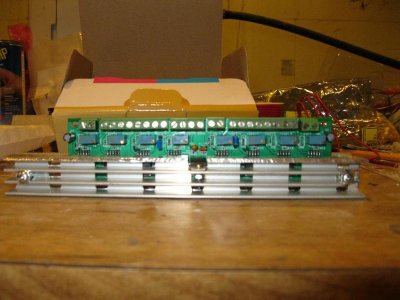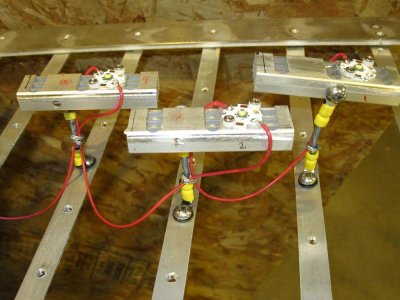TheFishMan65
New member
+1 one on mixing, but I would start with white and blue and then order what ever (if any) color you decide is missing.
Anyone know of a few websites with info on LED lighting in general? I am having some students do a whitepaper on LEDs for reef tanks and pointed them at this thread...but I am sure there are other areas that have info on this. Looking to have them get all the acronyms down, what they mean, then get into power consumption heat etc etc.
+1 one on mixing, but I would start with white and blue and then order what ever (if any) color you decide is missing.
Digikey produced a very nice LED lighting manual recently. Go to their website and look around for their magazines.



How many leds are in a string? and how many drivers do you have to power these leds?Need some assistance in trouble shooting one of my 4 white strings:
Noticed that string 4 was very dim compared to the other 3. String measurements came to:
1 - 425mA
2 - 421mA
3 - 414mA
4 - 24mA ???
When I turned the manual dial a little the string light up and the measurement jumped to around 250mA. I played with the dimming again and noticed the problematic string flicker ever so lightly.
I've done no further trouble shooting, thought I'd post up here to get some thoughts first as it's going to be a pita to take everything down to do some extensive testing...
Any thoughts? Could it be a faulty LED in the string? If so what do I look for?
